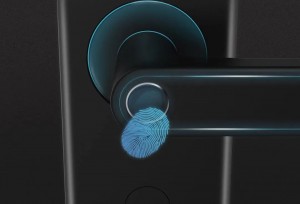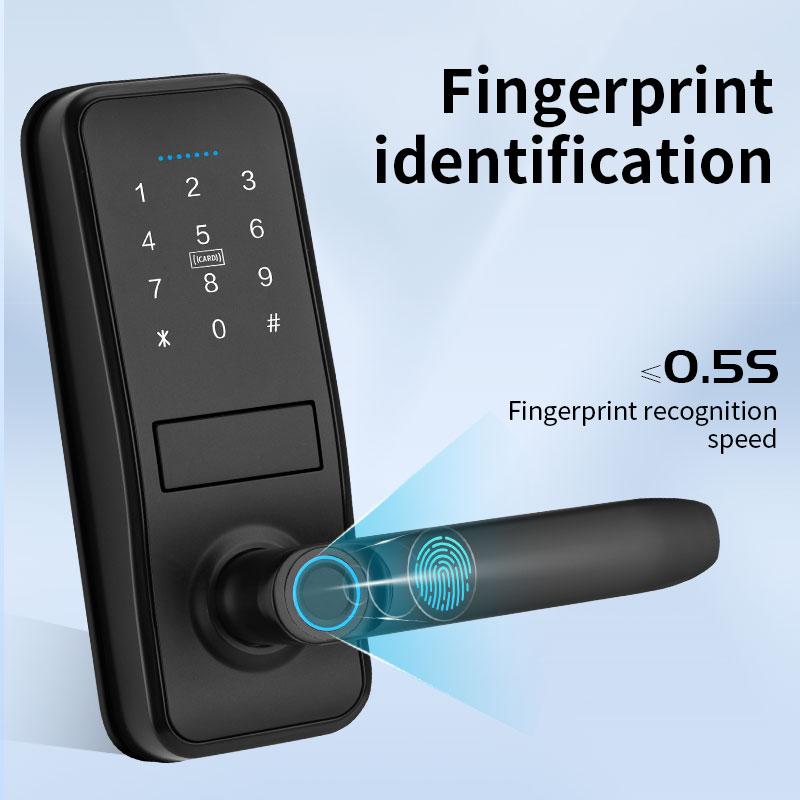Ensuring the seamless operation of smart locks goes beyond installation; post-installation issues are equally crucial. This article delves into common problems encountered during the after-sales service process, providing valuable insights and solutions for installation professionals.
Common After-Sales Service Issues:
❶ Severe Battery Drain:
Addressing users employing dry batteries, the lifespan for four dry batteries in a fully automatic lock is approximately 6-8 months, and around 8-12 months for a semi-automatic lock (based on device test data, actual results may vary). If batteries deplete within a week, it signals a potential circuit malfunction, often caused by a short circuit in the wiring. If the batteries heat up, it may indicate a short circuit in the battery compartment or the rear circuit board (power supply module). If the batteries remain cool, the issue likely lies within the lock body of the electronic lock.
❷ Unable to Open the Door:
Various factors can contribute to this issue. If the screen is unresponsive, the best-case scenario is depleted batteries; in such cases, external power supply and battery replacement suffice. If the screen is active but fails to recognize (with no recognition prompt), it may indicate a fault in the recognition system or low battery levels. Recognition coupled with a lack of motor sound likely points to motor damage within the electronic lock body.
❸ Insensitive Fingerprint Recognition:
Sensitivity issues in fingerprint recognition may arise, making it challenging to recognize shallow or damaged fingerprints. Opting for high-precision fingerprint locks is recommended. To reset passwords, open the battery cover, locate the reset button, and hold it for 3-5 seconds until the front panel screen displays the initialization operation success and administrator password reset.
❹ Loose Front and Back Panels of the Lock:
Years of use may cause the connecting screws between the front and back panels to loosen. Simply tighten the securing screws, typically found in the battery compartment or at the bottom of the lock, or possibly within the deadlock mechanism.
❺ Lock Indicates Unlocked, But Door Won’t Open:
This scenario may result from low battery power in the fingerprint lock. Users can try replacing the batteries. Alternatively, it could be a motor issue, and in such cases, contacting the fingerprint lock manufacturer or after-sales service for repairs or replacement is recommended.
❻ Dark Display Screen on Fingerprint Lock:
Possible causes include insufficient battery power, poor battery contacts, or other operational issues. Solutions involve replacing the battery, ensuring proper battery contact, and contacting the manufacturer for further assistance if these steps prove ineffective.
❼ Blinking Lights on Fingerprint Lock:
Blinking lights may indicate low battery power or operational issues. Replace the battery or use a backup power source to unlock the door. If login timeouts, improper finger placement, delayed finger insertion, or strong external light are the culprits, follow the standard operating procedure.
❽ Non-Responsive Door Handle on Fingerprint Lock:
Insert a key into the lock and rotate it while lifting the door handle. If the key doesn’t turn, indicating a problem with the lock core, use a thin hairpin to maneuver within the lock core, repeating the process until the handle rebounds. Caution should be exercised to avoid breaking the key. Additionally, when using security doors, handle the switch gently to prevent damage to the door handle.
This comprehensive guide equips installation professionals with the knowledge to handle common smart lock issues during after-sales service, ensuring continued customer satisfaction.
Post time: Dec-13-2023








